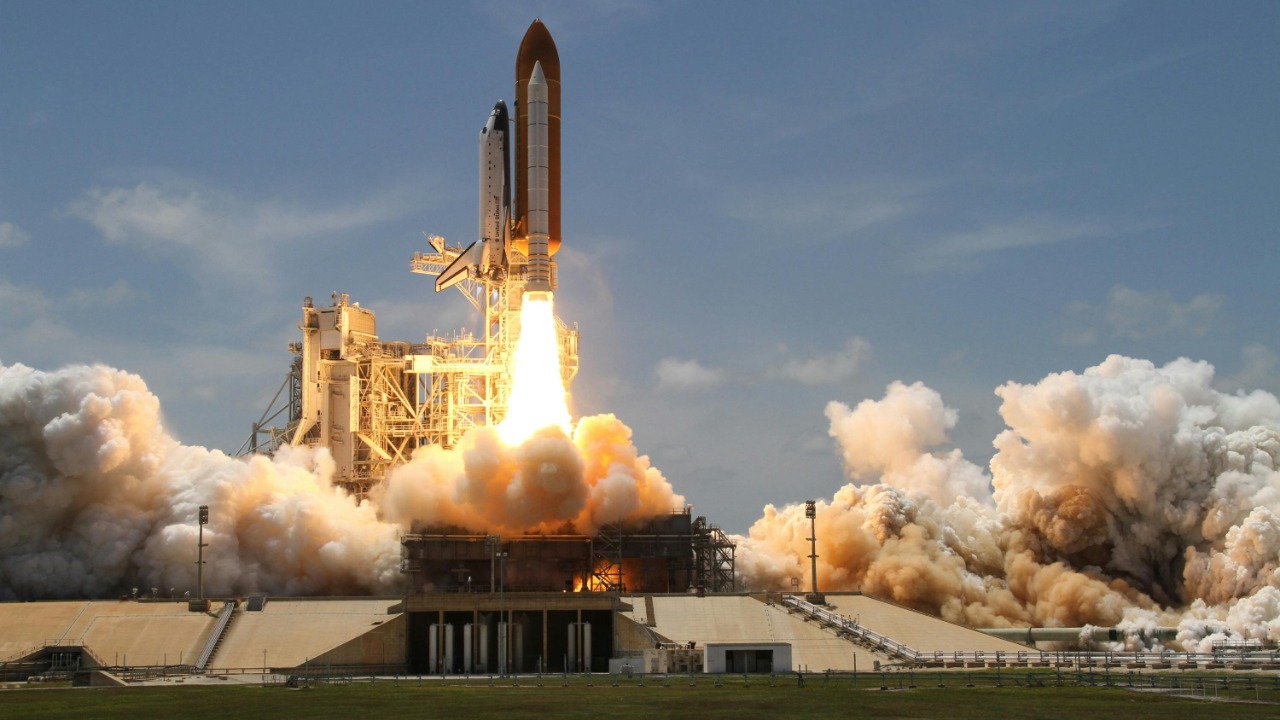
NASA’s next Moonship has reached a significant milestone by arriving at the Kennedy Space Center’s Vehicle Assembly Building in Florida. This marks the final processing stop before the spacecraft is integrated onto the launch pad for an upcoming Artemis mission. The development involves the core stage and other components of the Space Launch System (SLS) Block 1B configuration, which is designed to propel the Orion spacecraft toward the Moon. This advancement is a crucial step in NASA’s goal of sustainable lunar exploration, with preparations now focused on final outfitting and testing.
Background on NASA’s Moonship Program
The Space Launch System (SLS) represents NASA’s evolution in heavy-lift rocket technology, tracing its roots back to the Space Shuttle program. Designed to support the Artemis initiative, the SLS aims to return humans to the Moon by the late 2020s. This ambitious program underscores NASA’s commitment to deep space exploration and the establishment of a sustainable human presence on the lunar surface. The SLS is a cornerstone of this effort, providing the necessary lift capacity to transport astronauts and cargo beyond low Earth orbit.
The SLS Block 1B configuration is a testament to NASA’s engineering prowess, standing at an impressive 322 feet tall. It is equipped with four RS-25 engines and has the capacity to launch over 105 metric tons to low Earth orbit, making it one of the most powerful rockets ever built. This configuration is specifically designed to support lunar missions, providing the thrust needed to propel the Orion spacecraft into longer-duration lunar orbits compared to earlier blocks. The integration with the Orion spacecraft and Exploration Ground Systems is crucial, as it enhances the Moonship’s capability to support extended missions on and around the Moon.
Journey from Manufacturing to Final Processing
The journey of the SLS core stage began at NASA’s Michoud Assembly Facility in New Orleans, Louisiana. From there, it was transported via the Pegasus barge through the Gulf of Mexico and up the Atlantic coast, showcasing the logistical challenges involved in moving such a massive structure. The core stage, measuring approximately 200 feet long and weighing around 96 metric tons, required careful handling to ensure its safe arrival at the Kennedy Space Center.
Upon arrival at the Kennedy Space Center on October 17, 2025, the core stage was offloaded at the Turn Basin and transported to High Bay 3 in the Vehicle Assembly Building. This complex operation involved meticulous planning and coordination to navigate potential challenges such as weather delays and the need for structural protections during transit. The successful completion of this phase marks a critical step in the preparation for the upcoming Artemis mission.
Processing and Testing at the Last Stop
Once inside High Bay 3, the core stage undergoes initial inspections and the installation of fueling systems. Technicians meticulously verify welds and the integrity of cryogenic tanks designed to hold liquid hydrogen and oxygen propellants. These inspections are vital to ensure the rocket’s readiness for the extreme conditions of launch and space travel.
Stacking preparations are underway, involving the integration of solid rocket boosters from Northrop Grumman and the upper stage from United Launch Alliance. This process is expected to be completed within several months, setting the stage for the final assembly of the SLS. Safety protocols are rigorously followed, with non-destructive testing methods such as X-ray scans of engine mounts employed to ensure the rocket can withstand the vibrations and stresses of launch.
Path to Launch and Artemis Mission Implications
The fully stacked SLS is projected to move to Launch Pad 39B in early 2026, ahead of the Artemis III mission or a subsequent flight. This timeline is critical as NASA aims to achieve its goal of returning humans to the Moon. The Moonship’s capabilities are further enhanced through partnerships with companies like SpaceX, which is developing the Human Landing System for crewed lunar landings. This collaboration highlights the importance of public-private partnerships in advancing space exploration.
The Artemis program has significant implications for NASA’s budget and workforce, with over 13,000 personnel involved across various NASA centers and contractors such as Boeing, responsible for the core stage. This extensive collaboration underscores the program’s impact on the aerospace industry and its role in driving technological innovation and economic growth. As NASA continues to push the boundaries of space exploration, the successful deployment of the SLS and Orion spacecraft will be pivotal in achieving the long-term vision of sustainable lunar exploration.
For more detailed information on NASA’s Moonship and its journey to the launch pad, you can read the full article on Ars Technica.